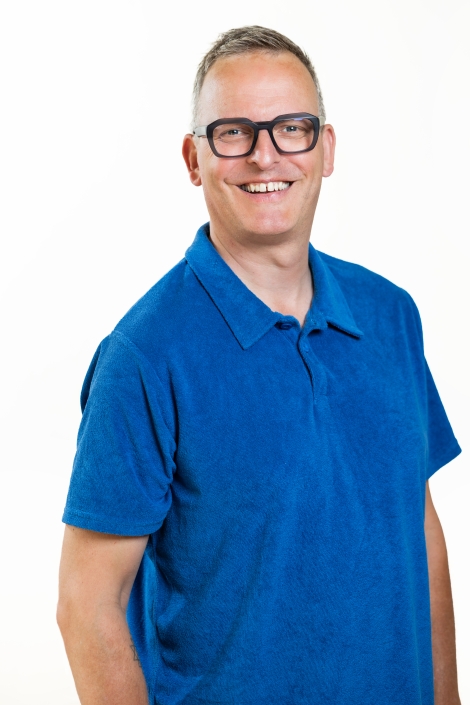Polyvagal theory
The Polyvagal Theory, developed by Dr. Stephen Porges, offers profound insight into how our nervous system responds to stress, safety, and connection. According to this theory, we don’t just respond with “fight” or “flight,” but our bodies have multiple layers of survival responses. It’s all about finding balance and safety.
Central to polyvagal theory is the vagus nerve: an important nerve pathway that connects the body and brain. Depending on how safe or unsafe we feel, our nervous system switches between different states of activation or freezing.
Polyvagal Theory in body-oriented therapy
In my practice, I use insights from polyvagal theory to help you understand why your body sometimes reacts in certain ways. By working with your nervous system, we bring more awareness and self-regulation into your system — essential for healing trauma.
We are working on:
- Becoming aware of the signals from your nervous system
- Exercises to (re)discover safety in your body
- Building resilience, so that you can switch more easily between different states
When is polyvagal informed therapy helpful?
Working from polyvagal theory can provide deep support in:
- Anxiety and panic symptoms
- Difficulty relaxing or sleeping
- Overstimulation or sensitivity to sounds and stimuli
- Feeling of being “absent” (dissociation)
- Difficulty connecting and forming intimate relationships
- Trauma, burnout, or chronic stress
Working with your nervous system creates more leniency towards your own reactions. What previously felt like an ‘overreaction’ often turns out to be an intelligent adaptation of your body to overwhelming situations.
What does a session look like?
During a session, we will examine the signals from your nervous system together:
- How do you feel in this moment?
- Where do you feel tension or numbness?
- What small steps toward safety can you take?
We use simple techniques such as breathing, gentle movement, or visualizations to bring more peace and connection to your body. This way, you learn step by step how to return to presence and relaxation from a state of stress or freeze.
The accompanying video provides more information about trauma from the perspective of polyvagal theory.




